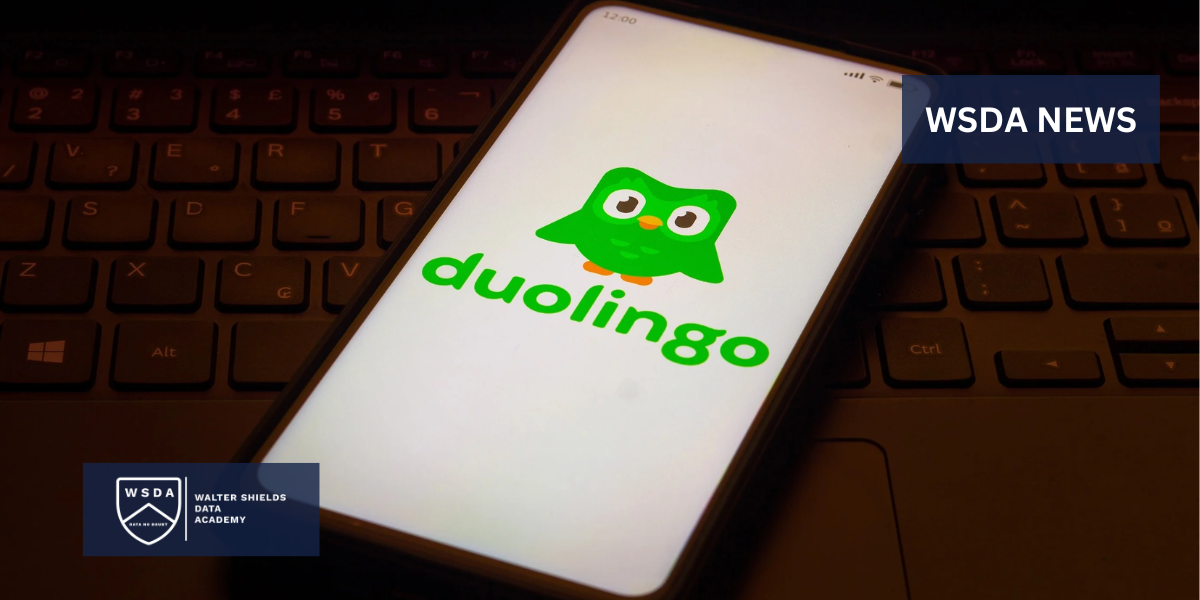Duolingo Turns to AI, Cuts Jobs By 10%

Language learning giant Duolingo has made a strategic move towards integrating artificial intelligence (AI) into its platform, aiming to generate a significant portion of its lessons through machine learning algorithms. In a cost-cutting measure, the company has also announced the layoff of 10% of its contractors, raising questions about the impact on the future of language education.
Duolingo has been utilizing machine learning algorithms to track user progress and provide personalized learning plans for some time. With the recent update, these algorithms will take on a more active role in content creation, reducing the human involvement in lesson production.
While some express concerns about the potential loss of the human touch in language education, proponents argue that AI-driven instruction could offer more effective and personalized learning experiences. The continuous adaptation of lessons based on individual performance could provide users with valuable feedback and a tailored educational journey. Furthermore, the shift to AI-generated content allows Duolingo to expand its offerings of free language lessons, promoting accessibility to a wider audience.
Despite the positive aspects, the workforce implications cannot be ignored. The 10% reduction in contractors, though affecting a portion of the workforce, primarily involves freelance contributors to language courses rather than full-time employees. As AI takes on a more prominent role in content creation, the need for a large team of freelancers may diminish.
However, potential challenges accompany the increased reliance on AI in language learning. One concern is the risk of creating a monotonous learning experience. With machines responsible for content creation, there is uncertainty about how the lessons will maintain variety and creativity to engage students effectively. Duolingo must consistently refine its AI algorithms to prevent lessons from becoming predictable or uninteresting.
Another critical issue is the requirement for substantial amounts of data in AI applications. Duolingo must ensure that its algorithms avoid perpetuating biases present in the data, as this could lead to the exposure of incorrect information or the reinforcement of stereotypes in lessons. Additionally, questions arise regarding the relevance and accuracy of lessons generated entirely by machines.
While the integration of AI holds the promise of a more productive and accessible learning experience, it is crucial to remain mindful of potential drawbacks. Striking a balance between AI contributions and human oversight in creating and refining lessons is essential for Duolingo’s success. As the company takes this step towards the future of language learning, careful consideration of both the benefits and risks will be paramount.

